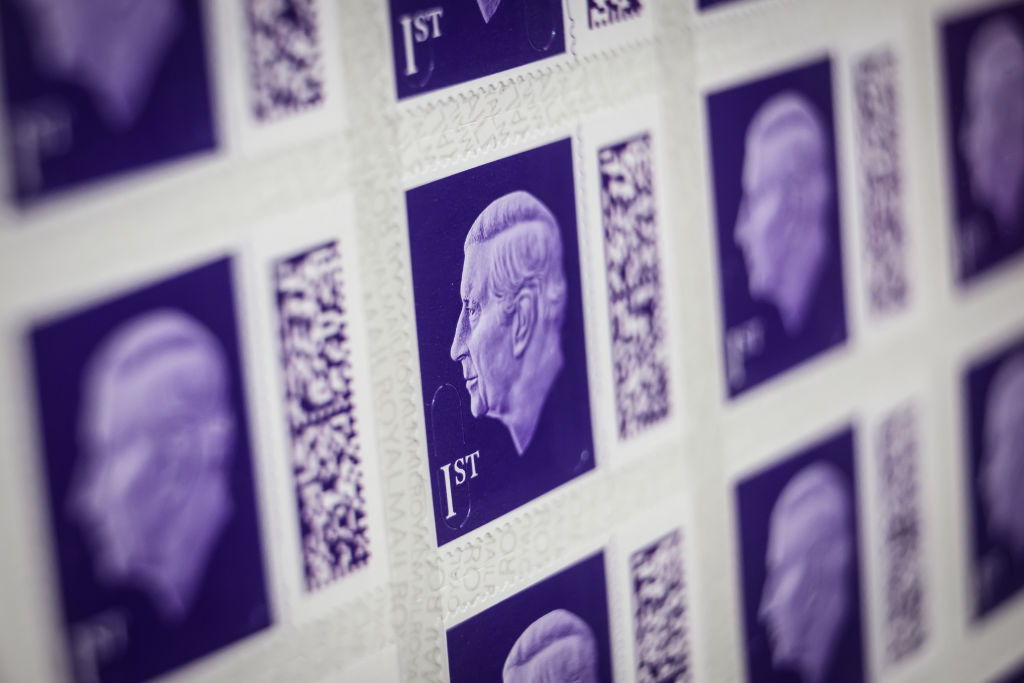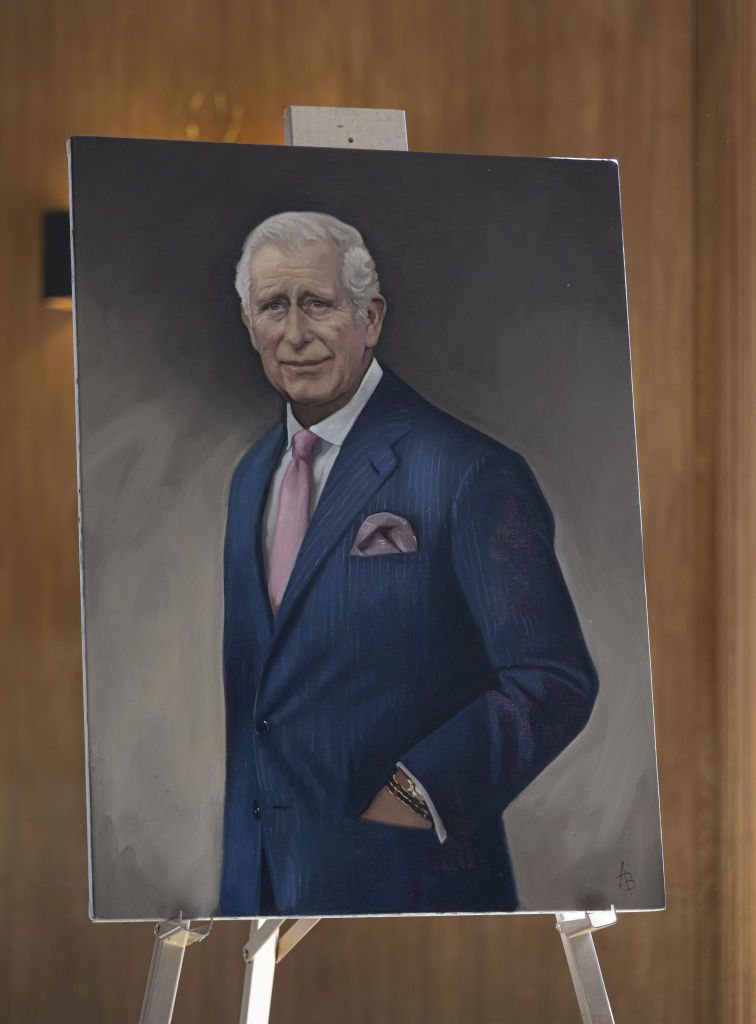
Stamps featuring King Charles III’s face are now officially on sale to the British public. But while the introduction of new stamps to mark a new monarch is a nearly two-century-old tradition, the latest are a significant break from the past. That’s at least in one key respect: none of the stamps include a crown.
“His preference for a simple image is more contemporary,” royal commentator Richard Fitzwilliams tells TIME. “The Queen wore a diadem and the image of her was internationally recognized. In a different age, the King has wisely chosen a more human image.”
The first and second class definitive stamps, produced by Britain’s Royal Mail in a range of colors, depict the soon-to-be-coronated King from his left-side profile. This visual tradition dates back to the world’s first adhesive postage stamp featuring Queen Victoria, known as the Penny Black stamp, which went on sale in 1840.
Last month, the Guardian reported that David Gold, Royal Mail’s director of external affairs and policy, said the desire for simplicity in the new stamps was a measured choice by Charles. “There is no embellishment at all, no crown, just simply the face of the human being, on the plain background, almost saying: ‘This is me and I’m at your service,’ which I think in this modern age is actually rather humbling.”
Read More: Breaking Down the New Royal Family Line of Succession
There is precedent for male monarchs shying away from the crown. Male sovereigns, for example, do not typically wear royal regalia on coins. Yet the decision to exclude a crown in all depictions of his likeness is unusual—the last male monarch, King George VI, featured a crown in the frame.
So far, Charles has shown himself to be aware of the monarchy’s changing role in Britain and the Commonwealth. In a statement announcing the details of Charles’ May 6 coronation, Buckingham Palace said this historic event “will reflect the monarch’s role today.” As such, the celebrations will be more modest than that of his mother.
His scaled down guest list is limited to 2,000 dignitaries, almost a quarter of the number of guests who attended the 1953 coronation of Queen Elizabeth. The service is also expected to last for just over an hour, as opposed to the surplus of three hours that the Queen’s took place over.
Charles’ first official portrait as monarch, painted by artist Alastair Barford, is similarly pared back. The portrait shows Charles in a navy pinstripe suit, pink tie, and pink handkerchief, wearing a bracelet gifted by Amazon Indigenous leader Domingo Peas.

“An image helps to define a ruler and we see this as one of the roles of royal portraiture down the centuries,” Fitzwilliams says.
Official portraits of past kings and queens have instead offered a snapshot of regal glamor; the Queen was often painted wearing crown jewels, while her father, King George, was mostly depicted wearing a ceremonial uniform and royal regalia.
In the interest of minimizing “the environmental and financial impact” of the new stamps, Royal Mail announced that it was the King’s instruction for retailers to use up any stamps featuring the late Queen Elizabeth’s image before the new ones were allowed to be sold.
More Must-Reads from TIME
- How Donald Trump Won
- The Best Inventions of 2024
- Why Sleep Is the Key to Living Longer
- Robert Zemeckis Just Wants to Move You
- How to Break 8 Toxic Communication Habits
- Nicola Coughlan Bet on Herself—And Won
- Why Vinegar Is So Good for You
- Meet TIME's Newest Class of Next Generation Leaders
Write to Armani Syed at armani.syed@time.com